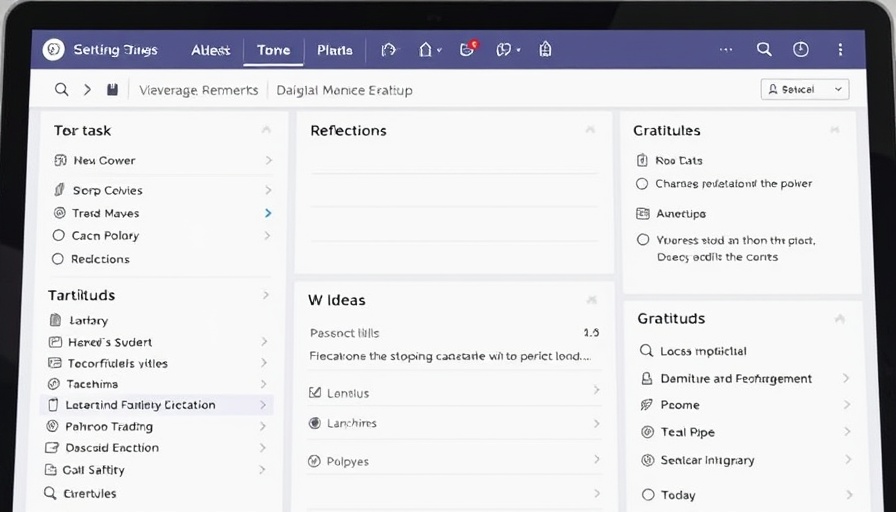
Understanding the Importance of a Project Management Plan
In the ever-evolving landscape of business, having a robust project management plan is essential for owners aiming to scale their operations effectively. A project management plan serves as a roadmap, guiding teams through various stages of a project's life cycle—from conception and planning to execution and closure. For business owners generating $2M to $10M in revenue, this plan is not just a luxury; it’s a necessity that promotes clarity, enhances collaboration, and optimizes resource allocation.
Key Elements of an Effective Project Management Plan
A well-structured project management plan includes several core components:
- Project Goals: Clearly defined objectives that align with the overall business strategy.
- Scope Statement: Detailed description of the project scope, including deliverables, tasks, and boundaries.
- Timeline: A realistic schedule that outlines key milestones and deadlines.
- Resource Allocation: An inventory of the necessary resources, including human, financial, and technological factors.
- Risk Management: Identification and mitigation strategies for potential risks that could derail progress.
These components work together to create a cohesive plan that empowers teams to function more effectively.
Collaboration Tools That Enhance Processes
Utilizing the right software tools can significantly improve communication and collaboration among team members. Popular project management software like Asana, Trello, or ClickUp can streamline workflows by providing visibility into project progress. These platforms often include features such as shared calendars, task assignments, and real-time updates, contributing to a unified approach towards achieving goals.
Maximizing Productivity with Workflows
Workflows play a crucial role in ensuring tasks are completed efficiently and effectively. By establishing clear processes, business owners can reduce bottlenecks, delegate responsibilities, and foster accountability. Visualizing workflows through diagrams or flowcharts can also aid in clarifying expectations, particularly for new team members.
Actionable Steps to Create Your Project Management Plan
Building your project management plan doesn’t have to be overwhelming. Start with a brainstorming session to outline your project goals and scope. Next, involve your team in developing the timeline and resource allocation. By inviting collaboration at this stage, you foster ownership and commitment throughout the project.
Don’t forget to document your plan comprehensively and make it accessible to all stakeholders. Regularly revisiting and updating the plan is vital, as it allows for adjustments based on project dynamics or changing business conditions.
Summarizing the Value
In summary, a well-crafted project management plan is instrumental in navigating the complexities of scaling a business. It not only clarifies objectives but also optimizes the use of resources and enhances team collaboration. For business owners looking to streamline operations and set their ventures on a path to success, investing time and resources into a solid project management plan is a crucial step.
 Add Row
Add Row  Add
Add 



Write A Comment